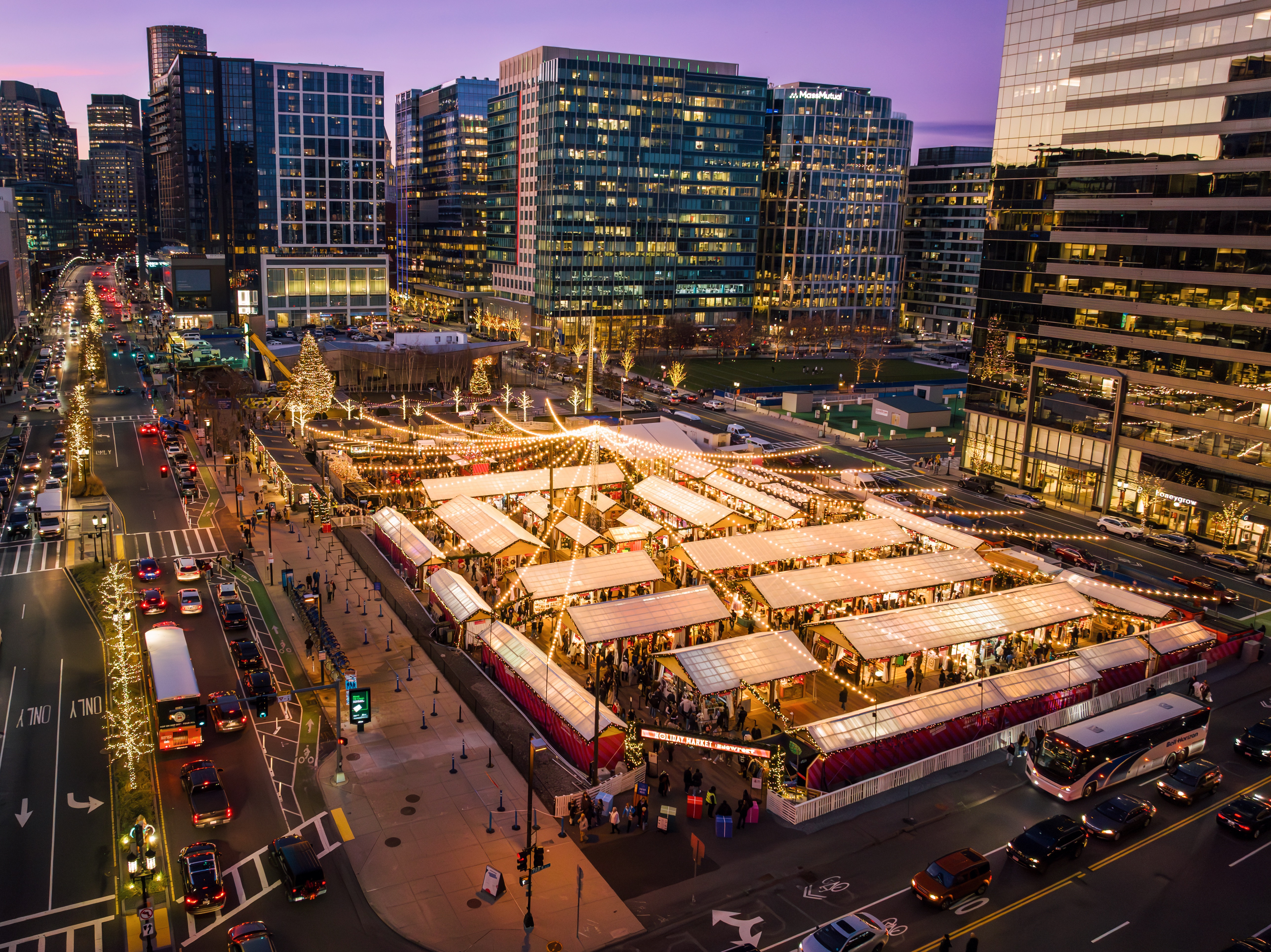
If Halloween is your favorite holiday, then, no doubt, your costume is prepped, jack-o'-lantern carved and the candy is in the bowl awaiting hungry trick-or-treaters.
As you put the finishing touches on this year's Halloween decorations, you might be looking around and wondering why so many of them are black and orange.
WATCH ANYTIME FOR FREE
Stream NBC10 Boston news for free, 24/7, wherever you are. |
It's a good question given that much like red and green are traditional Christmas colors, black and orange are popular hues often associated with Halloween.
But what is the meaning of these Halloween colors and how did they come to represent the spooky holiday?
Get updates on what's happening in Boston to your inbox. Sign up for our News Headlines newsletter.
It's not just black and orange, either — green and purple have both been added to the mix in recent years. In fact, it's hard to go anywhere this time of year and not see the hues on just about everything including Halloween treats, decorations, costumes, crafts, string lights and displays of every kind.
To better understand the origin and history of Halloween's famous colors, TODAY.com spoke to experts who help break down the meaning and reasons why we associate them with October 31.
Halloween colors and their meaning
Holidays
From gift guides to local events, we're here to help you celebrate in style.
Orange and black
While it might seem that black and orange have been around forever as the “official” colors of Halloween, that’s not the case, according to Lisa Morton, author of “Trick or Treat: A History of Halloween.”
“In the first few years of the 20th century, there were party guides being published that called yellow and brown Halloween’s colors, thanks to the holiday’s association with the fall harvest,” Morton tells TODAY.com, adding that yellow was for corn or maize and brown was for hay and dried husks.
However, through the years orange has come to dominate the holiday color scheme give its relationship to Halloween's unofficial mascot: the pumpkin.
According to Morton, carving jack-o'-lanterns became integrated into U.S. culture around 1910, when pumpkins quickly became the “undisputed king of Halloween” due of their prominence on postcards and in advertising.
As for black? Morton believes it's evolved from some of the common Halloween associations many people already have, including bats and black cats.
Purple and green
Purple and green have crept into the Halloween palette over later decades. Morton believes the introduction of green may have been inspired by the emerald complexions of witches in film — notably, Margaret Hamilton’s turn as the Wicked Witch of the West in the 1939 classic film “The Wizard of Oz.”
“Before that, witches were typically shown with just human skin tones and dressed in red,” explains Morton.
Color expert Kate Smith wrote about the significance of purple on her website: “Purple has long been associated with wealth and royalty, as purple dye was precious and expensive. If green is the color of spring, then purple conjures up autumn, fading light, and shorter days.”
Smith also noted that the rich color is “associated with an escape from reality and magical images.”
According to Amber Dunford, style director at Bed Bath & Beyond, purple evokes mystery and spirituality, which complements our modern interpretation of Halloween. Green is at the opposite end of the color wheel, making it a nice contrast to purple.
“These cooler color additions balance out the warmth of the orange, harmonizing the two color temperatures nicely,” Dunford tells TODAY.com.
The psychology of color
People often react to color before they even respond to an object’s shape, texture or scale. “This tendency makes color a very powerful tool in marketing and one that becomes difficult to look past once it becomes ingrained in our psyche,” Dunford says.
“Color is the first thing we assess when viewing an object, making it one of the most powerful and memorable design aspects from a psychological perspective,” she adds.
According to the Mental Health America website, the colors you surround yourself with can also have a impact on your overall sense of wellbeing.
Looking at each individual hue, Mental Health America says that the color orange can evoke feelings of excitement, pleasure and abundance. Green may be associated with feelings of balance, joy and serenity. Purple can inspire imagination, calmness and relaxation.
As for black, the hue may inspire feelings of strength, seriousness and negativity.
Whatever emotions these Halloween colors evoke in you, one thing is certain — when you see these popular hues, you know that it's officially the spooky season.
This story first appeared on TODAY.com. More from TODAY:



